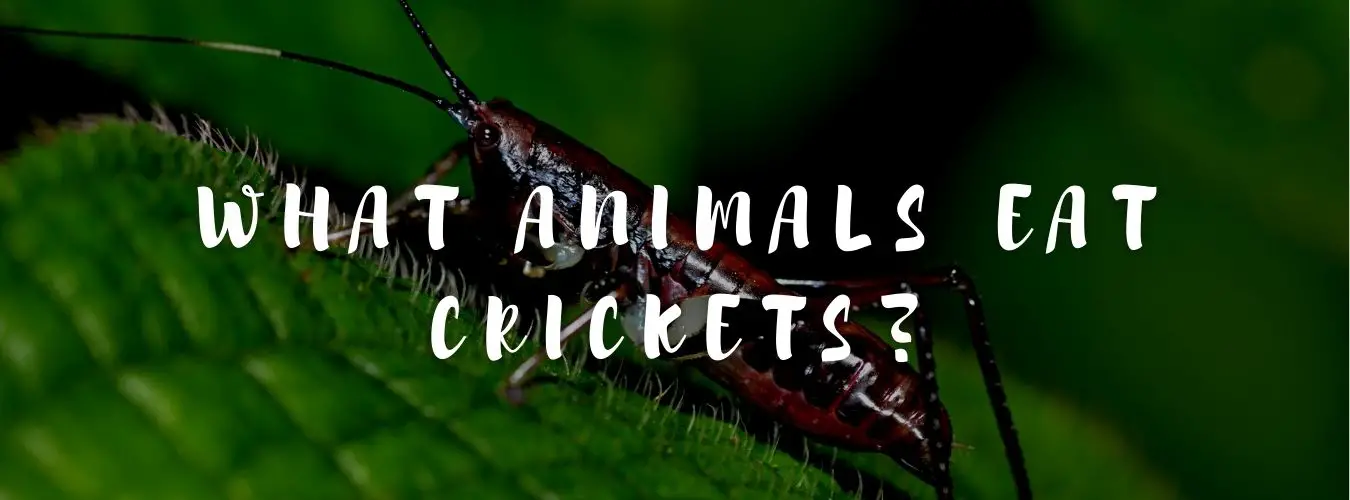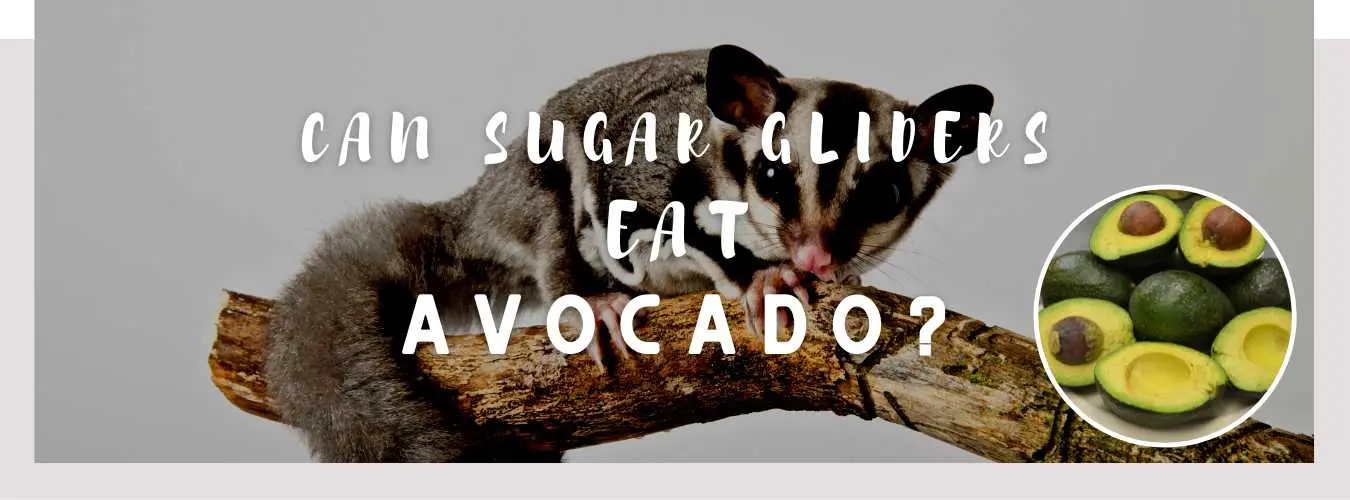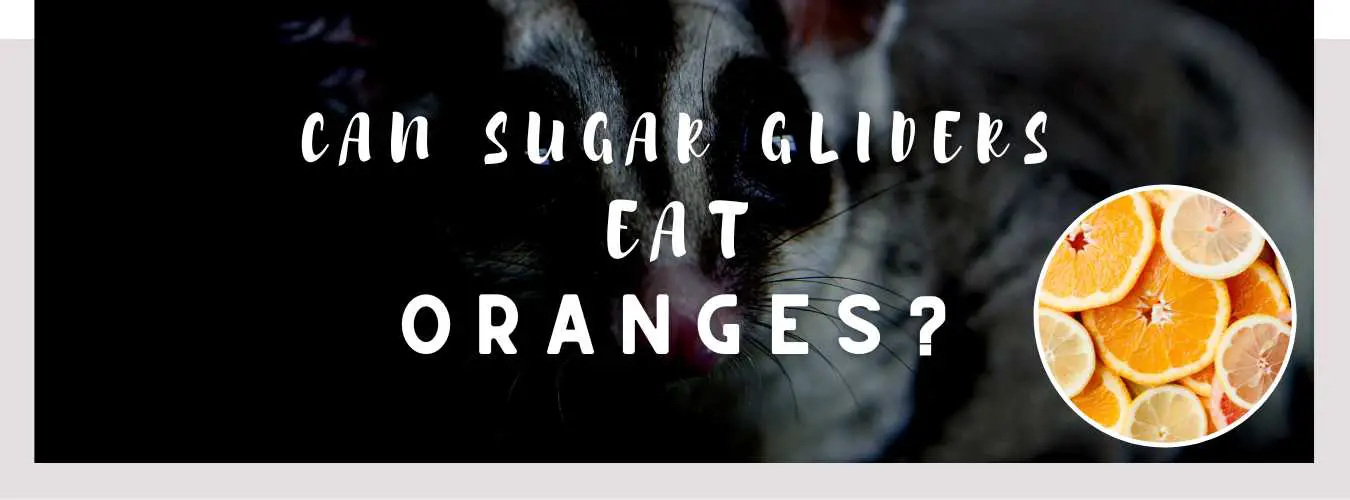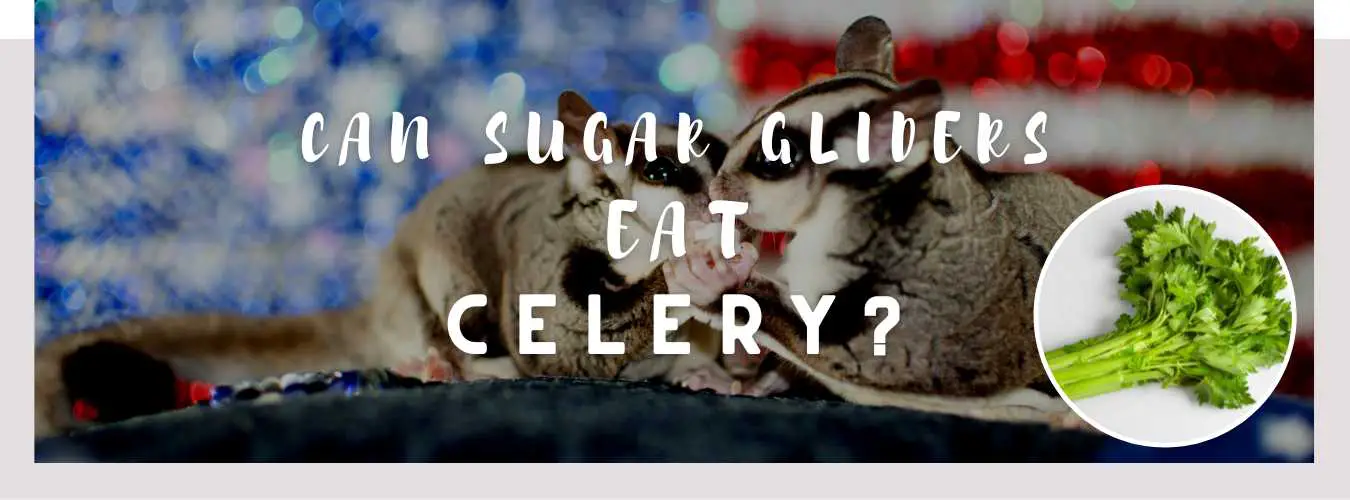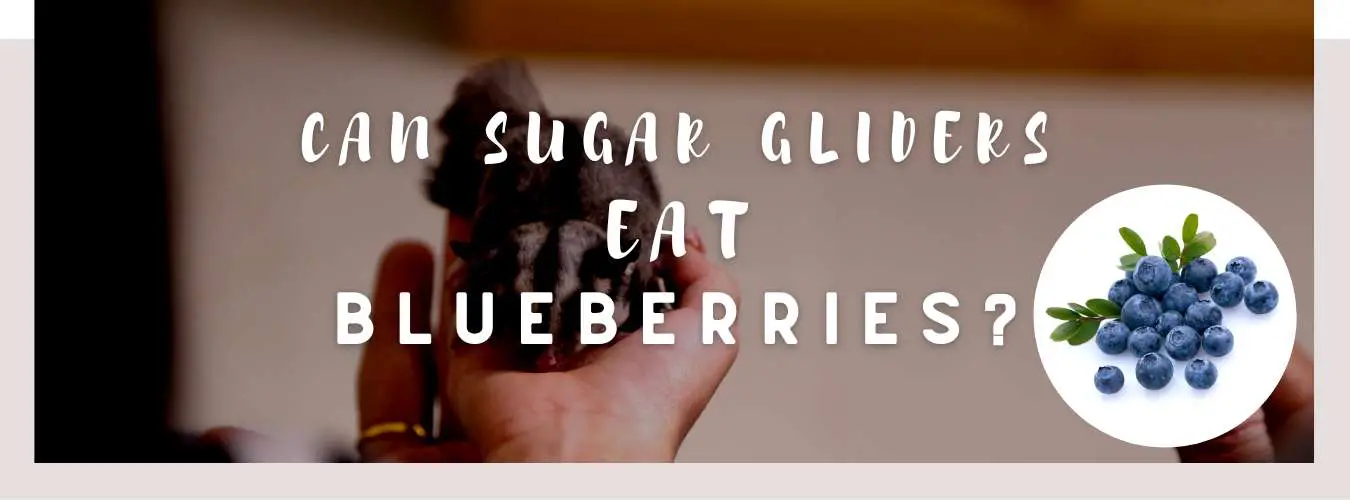Crickets are the staple diet of many animals. For insectivores, variety is truly the spice of life as they eat more than two thousand species of their favorite meal: crickets.
Crickets are more than just antennas and wings. They contain about a hundred times more vitamin B12 than chicken and 0.016% more calcium than milk. The benefits insectivores derive from eating crickets are substantial.
So “what animals eat crickets?”
This informative piece discusses what animals eat crickets and how these insectivores hunt them for a satisfying meal.
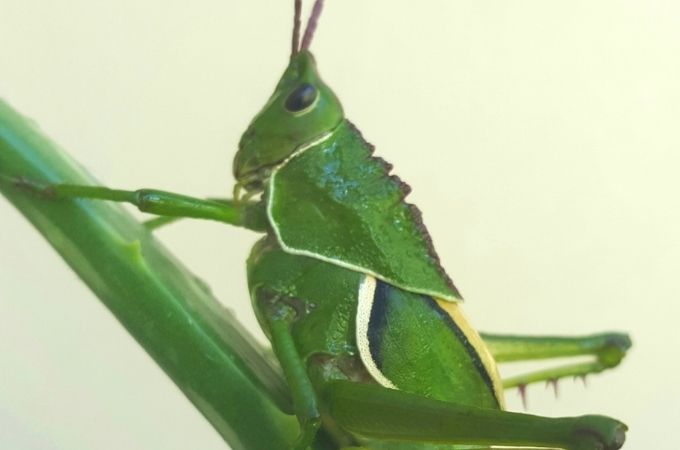
What Animals Eat Crickets?
While some insectivores depend on the combination of fruits, stems, and plants for survival, crickets are a precious delicacy. They rush hard through grass and shrubs to catch and slurp up an unsuspecting cricket.
Interestingly, terrestrial animals are not the only insectivores that eat crickets. Aquatic animals are prolific insectivores too. Trouts and bluegills will waste no time decimating a cricket with their sharp teeth.
The archerfish is another aquatic insectivore with impressive hunting skills. It uses a well-aimed water stream to catch insects that unluckily find themselves too close to water and get eaten.
Here is a list of animals that eat crickets.
Mauritian Tomb Bat
The Mauritian tomb bat is a prolific insectivore that hunts crickets and other insects. It is native to the Central African coast, and it plays a large role in controlling the population of insects that act as pests.
It hunts crickets and moths at night but will eat a variety of other insects, including butterflies, termites, and mosquitoes, if hungry enough to hunt during the day.
Spiders
These eight-legged arachnids are very precise and resourceful insect hunters.. Larger exotic species, like tarantulas and wolf spiders, are more likely to hunt crickets and other larger insects. Although they do not have good eyesight, they depend on the vibrations of their web strands to locate the game after it has been caught in their web.
First, they spin webs in the shape of a funnel with a wider opening at the top. The funnel narrows down to a narrower end, where they wait for their prey. Once the cricket or any other insect is caught in the web, they rush down to it and wrap it up in silk until it is well covered.
After that, they thrust their fangs into the catch and shoot poison into it. The poison turns its guts into liquid, which the spiders suck until full.
Giant Anteater
Giant anteaters are the most prominent animals that eat crickets. They live in Central and South America. Their staple food is ants, termites, and crickets.
Anteaters have a tube-like snout with a sticky and spiny tongue which does more than taste. It is a useful hunting tool for exploring ant and termite colonies. It slides its tongue into a hollow to slurp a cricket anytime it sees one.
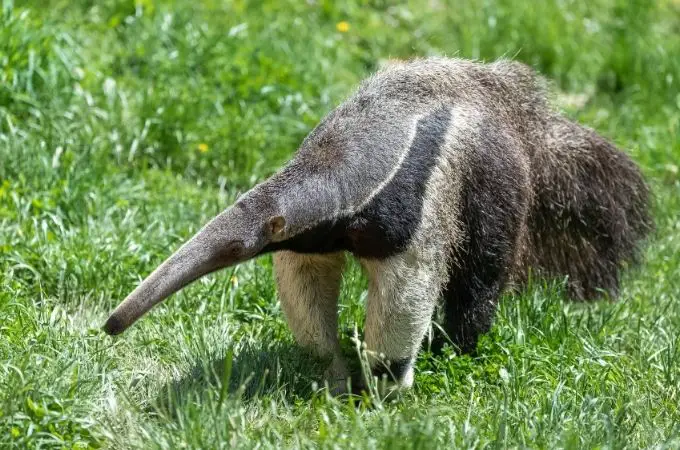
Bearded Dragons
Bearded dragons are a death sentence for crickets and many larger insects. They depend on crickets, cockroaches, insect larvae, and many other insects for food.
Crickets are a staple meal for bearded dragons. The smaller crickets are great protein sources for baby bearded dragons. The adult bearded ones will eat both small and large crickets.
Bearded dragon owners usually supply their pets with crickets, among many other feeder insect options. Crickets are a great source of nutrients, including protein and calcium, and can be fed to your beardies daily.
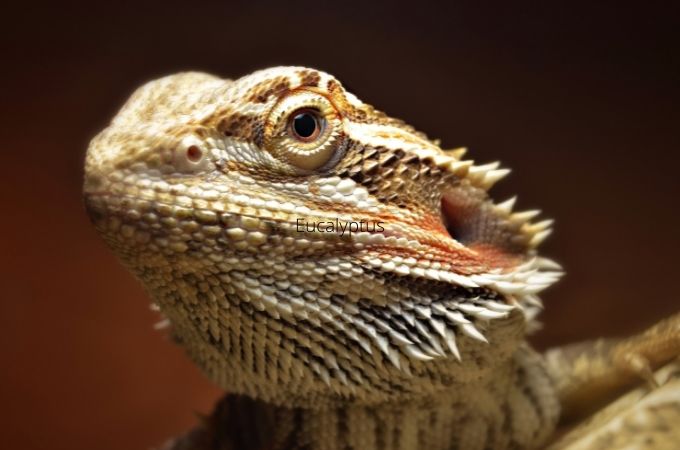
Insect-Eating Birds
Many birds are natural insectivores and will often dive toward a cricket when they spot one. Even though they may enjoy seeds and other food sources, birds can be found in areas with a large cricket population.
Insect-eating birds like bluebirds, cardinals, chickadees play an important role in controlling pests because they feed on crickets and other insects.
They are proficient insectivores. During late spring and early summer, these insect-eating birds are almost always spicing up their food menus with crickets and any other available insect. They occasionally pick larvae and bugs for their hatchlings.
They also pick and crush crickets with their beaks as they hold them which kill it before swallowing.
Frogs and Toads
Frogs are herbivores at the earlier stages of their lives. Toads become carnivores when they are adults. They switch from algae to insects like crickets and slugs as they develop from tadpoles to adults.
Crickets are a great part of their staple meal. When you find them leaping around shrubs, there is a great likelihood that a cricket is about to be the unlucky item on another creatures’s menu.
You might also like: What animals eat eucalyptus?
What Animals Eat Crickets?
While some insectivores depend on the combination of fruits, stems, and plants for survival, crickets are a precious delicacy. They rush hard through grass and shrubs to catch and slurp up an unsuspecting cricket.
Interestingly, terrestrial animals are not the only insectivores that eat crickets. Aquatic animals are prolific insectivores too. Trouts and bluegills will waste no time decimating a cricket with their sharp teeth.
The archerfish is another aquatic insectivore with impressive hunting skills. It uses a well-aimed water stream to catch insects that unluckily find themselves too close to water and get eaten.
Here is a list of animals that eat crickets.
Mauritian Tomb Bat
The Mauritian tomb bat is a prolific insectivore that hunts crickets and other insects. It is native to the Central African coast, and it plays a large role in controlling the population of insects that act as pests.
It hunts crickets and moths at night but will eat a variety of other insects, including butterflies, termites, and mosquitoes, if hungry enough to hunt during the day.
Spiders
These eight-legged arachnids are very precise and resourceful insect hunters.. Larger exotic species, like tarantulas and wolf spiders, are more likely to hunt crickets and other larger insects. Although they do not have good eyesight, they depend on the vibrations of their web strands to locate the game after it has been caught in their web.
First, they spin webs in the shape of a funnel with a wider opening at the top. The funnel narrows down to a narrower end, where they wait for their prey. Once the cricket or any other insect is caught in the web, they rush down to it and wrap it up in silk until it is well covered.
After that, they thrust their fangs into the catch and shoot poison into it. The poison turns its guts into liquid, which the spiders suck until full.
Giant Anteater
Giant anteaters are the most prominent animals that eat crickets. They live in Central and South America. Their staple food is ants, termites, and crickets.
Anteaters have a tube-like snout with a sticky and spiny tongue which does more than taste. It is a useful hunting tool for exploring ant and termite colonies. It slides its tongue into a hollow to slurp a cricket anytime it sees one.
Bearded Dragons
Bearded dragons are a death sentence for crickets and many larger insects. They depend on crickets, cockroaches, insect larvae, and many other insects for food.
Crickets are a staple meal for bearded dragons. The smaller crickets are great protein sources for baby bearded dragons. The adult bearded ones will eat both small and large crickets.
Bearded dragon owners usually supply their pets with crickets, among many other feeder insect options. Crickets are a great source of nutrients, including protein and calcium, and can be fed to your beardies daily.
Insect-Eating Birds
Many birds are natural insectivores and will often dive toward a cricket when they spot one. Even though they may enjoy seeds and other food sources, birds can be found in areas with a large cricket population.
Insect-eating birds like bluebirds, cardinals, chickadees play an important role in controlling pests because they feed on crickets and other insects.
They are proficient insectivores. During late spring and early summer, these insect-eating birds are almost always spicing up their food menus with crickets and any other available insect. They occasionally pick larvae and bugs for their hatchlings.
They also pick and crush crickets with their beaks as they hold them which kill it before swallowing.
Frogs and Toads
Frogs are herbivores at the earlier stages of their lives. Toads become carnivores when they are adults. They switch from algae to insects like crickets and slugs as they develop from tadpoles to adults.
Crickets are a great part of their staple meal. When you find them leaping around shrubs, there is a great likelihood that a cricket is about to be the unlucky item on another creatures’s menu.
You might also like: do crows eat dead animals?
Final thoughts
You can find insectivores almost everywhere. They are terrestrial or aquatic animals, or even aerial.
These insectivores do a great job at controlling the population of crickets and insects. They also help maintain the earth’s ecosystem balance. This is especially true since crickets repeatedly lay numerous eggs that hatch within a very short period.

